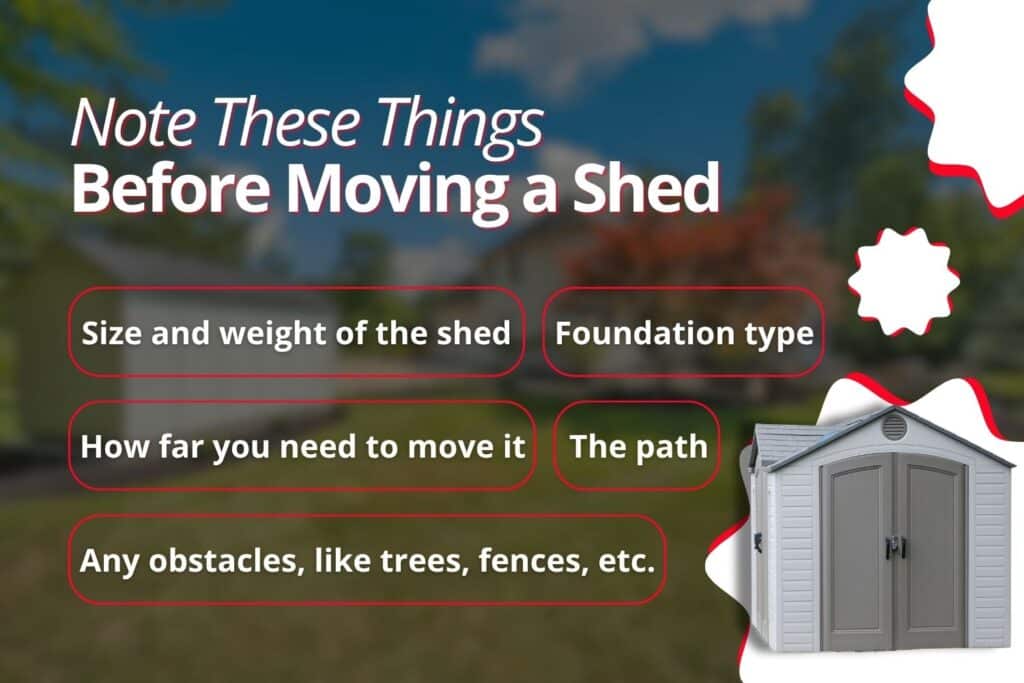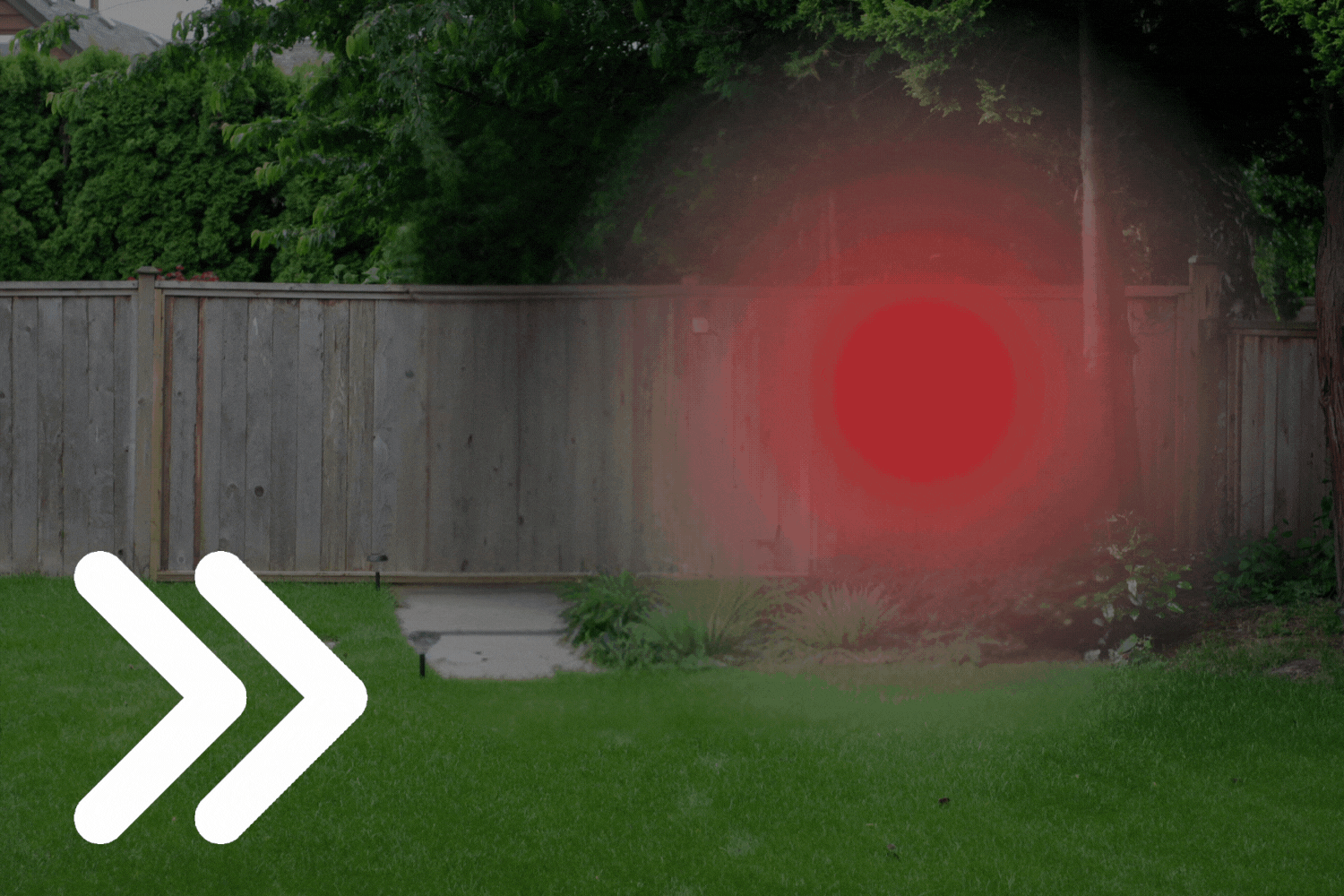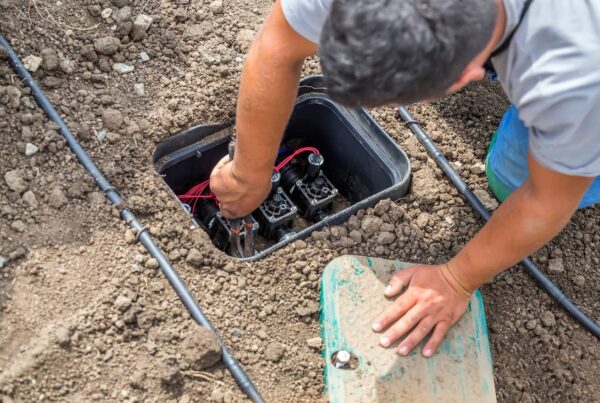
Want to move your shed? It might sound like a weekend project, but there’s more to it than just lifting and dragging. Whether you’re trying to clear space in your yard or relocating a shed to a better spot, it’s important to understand the risks and the right way to do it.
Some sheds can be moved without a hitch. Others? Not worth the trouble. Let’s break down how to do it safely, and how to know when it’s time to walk away.
Consider This First
Not all sheds are built to be moved. Before grabbing your tools or asking your neighbor to help, check the condition of the structure.
Look for signs of rot, termite damage, or loose joints. If the shed is already leaning or falling apart, trying to move it could turn it into a pile of debris.
Also think about:
- The size and weight of the shed
- The type of foundation it sits on
- How far do you need to move it
- The path between the current spot and the new location
- Any obstacles like fences, slopes, or tree roots
It’s a good idea to snap a few photos and sketch a simple plan before making any moves. This helps you avoid surprises once the shed is in motion.

Moving a Shed the Smart Way
If your shed is in good shape and the path is clear, here’s a simple way to handle the move.
Step 1: Empty It Out
Remove everything from inside the shed. That includes tools, boxes, shelves, and flooring if it’s not secured. An empty shed is easier to lift, lighter to transport, and far less likely to break during the move.
Step 2: Loosen It from the Foundation
Use a crowbar or shovel to gently separate the shed from its base. If it’s bolted down, you’ll need to remove the hardware first.
Take your time here. Rushing this step could cause cracks or structural damage.
Step 3: Raise It Up
Use a bottle jack or car jack to lift each corner just high enough to slide pipes, wood planks, or a dolly underneath. Always lift slowly and evenly. Wedge in wood blocks to support it if needed while working your way around.
Step 4: Move It
For short moves across flat ground, round pipes or PVC can act like rollers. Gently push the shed forward and move the back rollers to the front as you go. For longer distances or larger sheds, a trailer may be the safer option. If you’re using a vehicle, make sure the load is secured and balanced.
Step 5: Prepare the New Spot
Level out the ground and set a proper foundation before placing the shed in its new location. Concrete blocks, gravel pads, or pressure-treated skids are common. The more level the site, the longer the shed will last.
Step 6: Lower and Recheck
Once it’s in place, lower the shed carefully and double-check that everything is still square. Look for any new cracks, gaps, or signs of stress. Re-anchor it if needed.
When It’s a Bad Idea to Move the Shed
There are times when moving a shed just doesn’t make sense. If the structure is already compromised, hauling it around can make things worse. You could end up with a collapsed frame or warped walls, especially if the shed wasn’t designed to be mobile.
It’s also risky if:
- The shed is too large to move without heavy equipment
- The new location isn’t properly graded or supported
- You’ll need to cross uneven terrain or steep slopes
- There are major obstacles like trees or fences in the way
- You’re unsure about local rules or permit requirements
In many cases, it’s more cost-effective to tear down an old shed and rebuild or buy a new one that fits your current space and needs.
 Other Home Maintenance to Prioritize
Other Home Maintenance to Prioritize
If you’re moving a shed or tackling a backyard project, it’s a great time to take stock of other parts of your home that often go unchecked. Here are a few worth putting on your radar:
Check for Termite Activity
Sheds made from wood can be a hotspot for termites, especially if they sit close to the ground. According to the National Pest Management Association, termites cause over $5 billion in property damage each year. If you see mud tubes or hollow wood, it’s time to schedule an inspection.
Test for Radon
Outbuildings like sheds or garages don’t typically have radon concerns, but moving one might stir up soil near the foundation of your home. The EPA recommends testing for radon every two years. It’s the second leading cause of lung cancer in the U.S. and often goes undetected without a test.
Look for Sewer Line Warning Signs
If your shed move involves digging, be cautious around sewer lines. A sudden dip in yard elevation, persistent odors, or backed-up drains can signal a blockage. A sewer scope inspection can help detect hidden issues before they become major repairs.
Reevaluate Exterior Grading
Sheds sometimes sit in low spots. If you’re moving one, make sure the surrounding area slopes away from your home. Poor grading can cause water to pool around your foundation, which may lead to long-term structural damage.
When to Call a Professional
Moving a shed is just one part of maintaining a safe and functional property. If your shed is wired for electricity, attached to another structure, or showing signs of structural wear, it’s worth bringing in professionals who can safely handle the job.
Even if the shed itself is fine, this kind of project can uncover deeper issues nearby. For example, a shifting shed pad could signal poor soil compaction or water intrusion. Or, an insect problem in an outbuilding might mean nearby wood is also at risk.
According to a Porch survey, 86% of homebuyers said their inspection found at least one issue that needed attention.
Regular inspections and checkups on your property can help you avoid costly surprises, especially after a major change like a shed move.
A qualified home inspector can identify concerns you might overlook and help you figure out whether a fix is simple or worth escalating. Whether you’re planning updates or just finished one, it’s always smart to get a second set of eyes on the big picture.
Related Questions
Do I need a permit to move a shed in Tennessee?
Regulations can vary depending on your county or city. Some areas require permits if the shed is over a certain size or if it’s being placed on a new foundation. Your local building department is the best place to check.
What should I do if my shed is leaning or cracking after a move?
Structural shifts like leaning walls or cracks could point to foundation issues. We recommend scheduling a structural inspection to make sure nothing critical has been damaged.
Can a shed impact my home’s drainage or grading?
Yes. If a shed is placed in the wrong location, it can affect how water flows across your property. Poor grading can lead to pooling water or even foundation concerns.
Conclusion
Moving a shed is totally doable in the right situation, but not every shed is worth saving. If the risks outweigh the reward, you’re better off starting fresh.
Either way, plan carefully, prep your space, and don’t forget to book time with expert inspectors when the time is right.

 Other Home Maintenance to Prioritize
Other Home Maintenance to Prioritize

